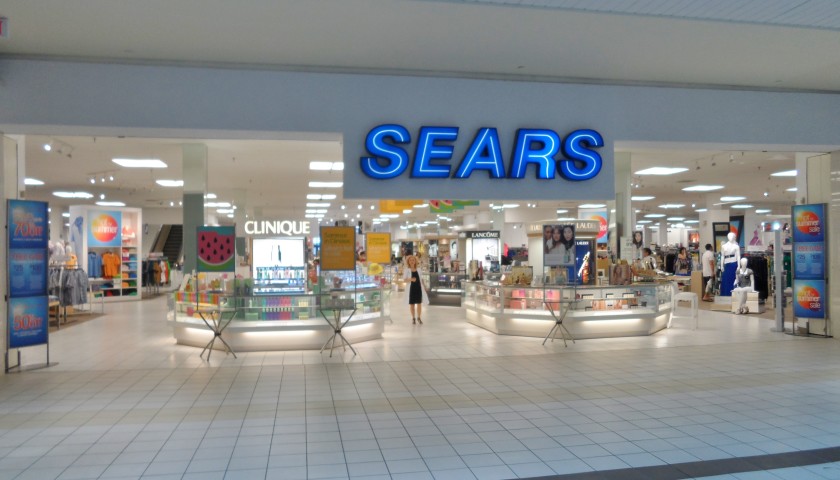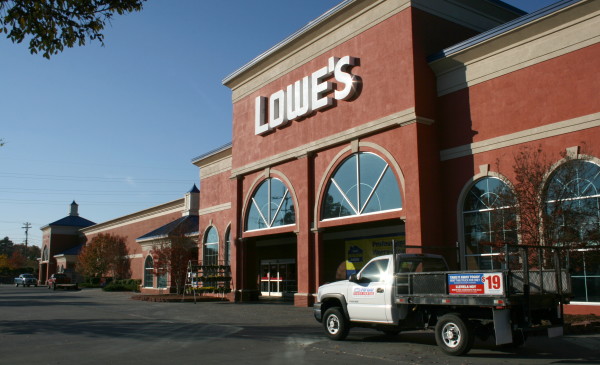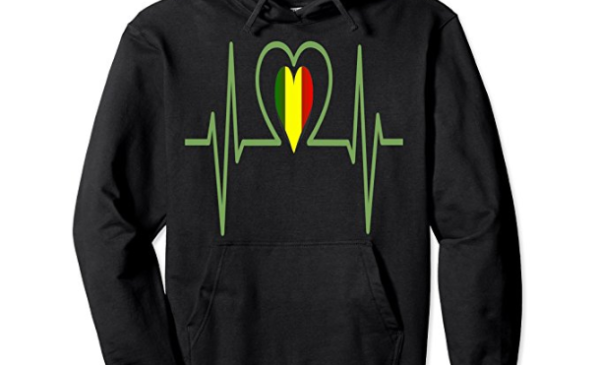Sears Facts
Sears Holdings Corporation is the third largest retailer in the United States, behind Wal-Mart and The Home Depot. It was formed in 2005 by the purchase of Sears, Roebuck and Company of Hoffman Estates, Illinois by Kmart Corporation of Troy, Michigan.
The company operates 3,800 retail locations under the mastheads of Sears, Sears Grand, Sears Essentials, Kmart, Big Kmart, Kmart SuperCenter, The Great Indoors, Orchard Supply Hardware, and Lands’ End stores.
The company maintains its corporate headquaters in Hoffman Estates, and it maintains the Kmart brand from Michigan.
Sears History
In 1886, the United States contained only 38 states. Many people lived in rural areas and typically farmed. Richard Sears was a railroad station agent in Minnesota when he received a shipment of watches which were unwanted by a local jeweler.
Sears purchased them himself, and sold the watches at a nice profit to other station agents up and down the line, and then ordered more for resale. Soon he started a business selling watches. The next year, he moved to Chicago, Illinois where he met Alvah C. Roebuck who joined him in the business. In 1893, the corporate name became Sears, Roebuck and Co.
Richard Sears knew that farmers often brought their crops to town where they could be sold and shipped, and then bought supplies, often at very high prices, from local general stores. He and Roebuck offered a solution with a catalog. Thanks to volume buying, to the railroads and post office, and later to Rural Free Delivery and parcel post, they offered an alternative to the high-priced rural stores.
The catalog business grew quickly. By 1894, the Sears catalog had grown to 322 pages, featuring sewing machines, bicycles, sporting goods and a host of other new items. Organizing the company so it could handle orders on an economical and efficient basis, Chicago clothing manufacturer Julius Rosenwald became a part-owner in 1895.
Alvah Roebuck had to resign soon after due to ill-health, but the company still retained his name. By the following year, dolls, icebox refrigerators, cook-stoves and groceries had been added to the catalog.
Sears, Roebuck and Co. soon developed a reputation for both quality products and customer satisfaction.
People had learned to trust Sears for other products bought mail-order, and thus, sight unseen. This laid important groundwork for supplying a home, possibly the largest single investment a typical family would ever make. In 1908, the company began offering entire houses as kits, marketed as Sears Modern Homes, and by the time the program ended in 1940, over 100,000 had been sold.
Sears issued many catalogs and didn’t open its first retail store until 1925, when the business was already 32 years old. The first free standing department store was opened October 5, 1925 in Evansville, Indiana. In addition to mail-order or rail shipment of large purchases, items could also be picked up at the Sears Store in a nearby town when retail outlets were opened.
The Sears, Roebuck catalog was sometimes referred to as “the Consumers’ Bible.” The Christmas Catalog was known as the “Wish Book”, perhaps because of the toys in it. The catalog also entered the language, particularly of rural dwellers, as a euphemism for toilet paper. In the days of outhouses and no readily available toilet paper, the pages of the mass-mailed catalog were used as toilet paper. “I’m going to read the Sears catalog” was a polite way of saying “I’m going to the outhouse.”
After World War II, the company built many stores in suburban shopping malls. The company was the largest retailer in the United States until the early 1980s but had dropped significantly in rankings by the time it merged with Kmart.
Sears diversified and became a conglomerate during the mid-20th century. It established several major brands of products such as Kenmore, Craftsman, Die-Hard, and Tuff-skin. The company started the Allstate Insurance Company back in 1931 and had representatives operating in its stores as early as 1934.
It purchased Dean Witter and Coldwell Banker real estate in 1981, and started what became Prodigy as a joint venture in 1984.It also introduced the Discover credit card in 1985. During the late 1980s, and as late as 1993, the Discover card was the only accepted credit card at many Sears retail locations.
Roebuck was dropped from the name of the stores, though not from the official corporate name in the 1970s.
The current Sears logo was created in 1984. Previously, the Sears logo consisted of the name “Sears” in a rectangle. Now it consists of the blue text, Sears, with a white line separating each letter down along the length of its strokes. In late 2004, the logo was switched from all upper case to upper and lower case.
In 2004, Sears launched a new store concept called Sears Grand which it hopes will be a viable competitor to hypermarkets like Wal-Mart Supercenters.
Sears formerly traded on the New York Stock Exchange (NYSE) under the ticker of “S”, which is now used by the Sprint Nextel Corporation.
Sears New Store Format
In 2005, Sears introduced a new store format, called Sears Essentials; Some Kmart locations are to be converted to the Sears Essentials format, while new locations will also be built. This new store format combines the Sears store concept with the Kmart format, which allows the company to better compete with Wal-Mart and Target.




